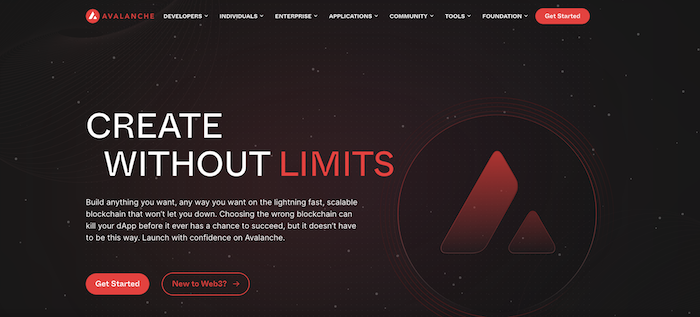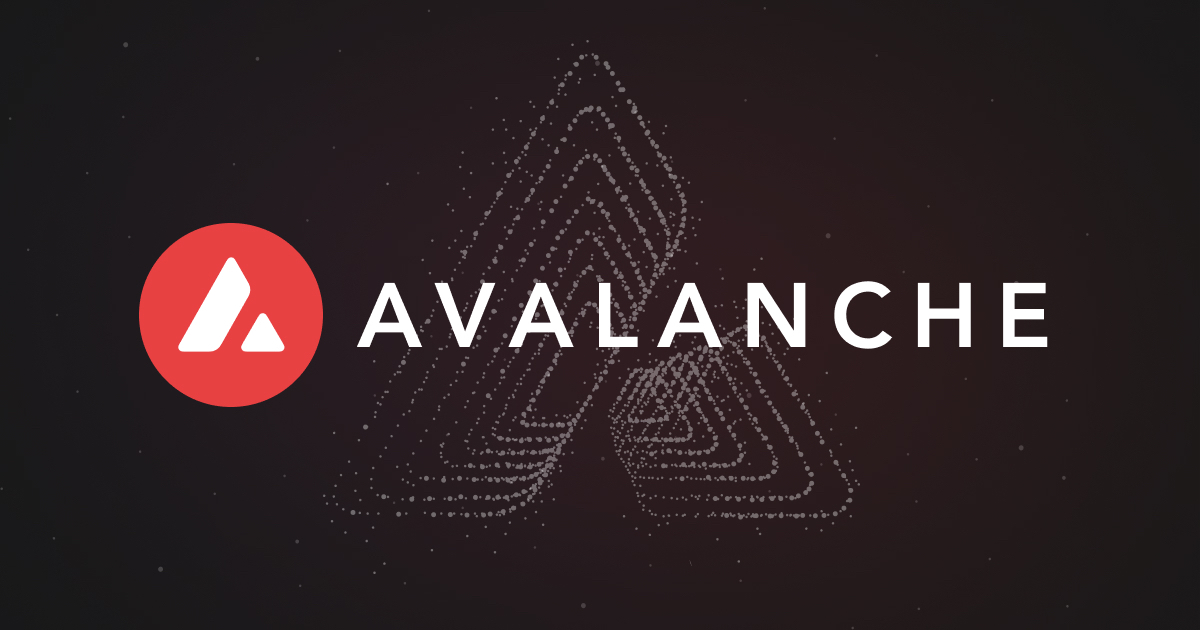Avalanche is a decentralized, open-source proof of stake blockchain platform that aims to create an open, simple, and democratic internet of finance. AVAX is the native cryptocurrency of the platform, which has recently received positive opinions from a $77 billion asset manager. In this article, we will explore what makes Avalanche unique, how it works, and why it could become one of the leading platforms in the crypto space.
What is Avalanche?

Avalanche is a smart contracts platform that scales infinitely and regularly finalizes transactions in less than one second. It allows users to build anything they want, any way they want, on the eco-friendly blockchain designed for Web3 developers.
Avalanche was developed by researchers from Cornell University. Led by Emin Gün Sirer and doctoral students Maofan “Ted” Yin and Kevin Sekniqi. The protocol’s fundamentals were first shared on the InterPlanetary File System (IPFS) in May 2018. It was done by a pseudonymous group of enthusiasts going by the name “Team Rocket”.
Avalanche claims to have the advanced tooling that developers need to accelerate from idea to launch. Such as low-code tooling and configurability that makes it easy to launch a Web3 innovation in less than 60 seconds. Some of the notable projects built on Avalanche include Aave, Chainlink, Curve, SushiSwap, and The Graph.
How does Avalanche work?
Avalanche has a novel architecture that allows for a universe of independent, but interconnected, blockchains that are all validated and kept secure by dynamic subsets of validators. These blockchains are called subnets, which set a new bar for scalability, without sacrificing speed, reliability, and security.
Avalanche has three main subnets: the X-Chain, the C-Chain, and the P-Chain. The X-Chain is the default subnet where users can create and exchange digital assets. The C-Chain is an Ethereum-compatible subnet that supports smart contracts and decentralized applications. The P-Chain is the platform subnet that coordinates validators and creates new subnets.
It also uses a consensus protocol called Snowman++, which is based on the original Avalanche protocol proposed by Team Rocket. Snowman++ is a leaderless, metastable protocol that achieves high throughput and low latency by using a probabilistic sampling technique to query a small number of randomly selected validators for each transaction. This allows Avalanche to reach near-instant finality and handle thousands of transactions per second.
Attracting more attention

Avalanche has been gaining traction in the crypto space for several reasons. One of them is its recent partnership with Amazon Web Services (AWS), which aims to improve Avalanche’s infrastructure and decentralized application ecosystem.
AWS will provide Avalanche with access to its cloud computing, storage, database, analytics, and machine learning services. This will enable Avalanche to offer faster deployment, lower costs, and higher scalability for its users and developers.
Another reason is its positive feedback from a $77 billion asset manager called Polychain Capital. Polychain Capital is one of the leading investors in the crypto industry, with stakes in projects such as Coinbase, Compound, MakerDAO, and Filecoin.
They praised Avalanche’s scalability, interoperability, and governance features, and predicted that it could become one of the leading platforms in the crypto space. Polychain Capital also participated in a $230 million investment round for Avalanche in September 2021, along with another prominent fund called Three Arrows Capital.
Challenges and opportunities
Avalanche Network is not without its challenges and opportunities. One of the challenges is its competition with other blockchain platforms that offer similar features and benefits. For example, Ethereum 2.0, Solana, Cardano, Polkadot, and Binance Smart Chain are some of the contenders that are vying for the same market share as Avalanche.
Avalanche will have to prove its superiority and differentiation over these platforms in terms of performance, security, usability, and innovation.
One of the opportunities is its potential to disrupt the traditional finance sector by enabling new forms of value creation and exchange. Avalanche supports various types of digital assets, such as tokens, stablecoins, non-fungible tokens (NFTs), collectibles, derivatives, and synthetic assets.
These assets can be used for various purposes, such as lending, borrowing, trading, gaming, art, identity, governance, and more. Avalanche also enables cross-chain interoperability with other blockchains through bridges and gateways. This allows users to access a wider range of services and opportunities across different platforms.
